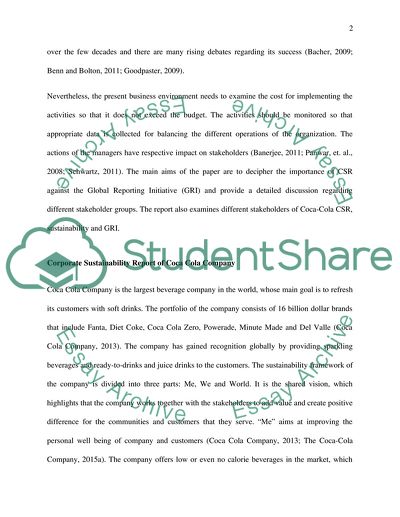Cite this document
(“Corporate Social Responsibility Essay Example | Topics and Well Written Essays - 2500 words”, n.d.)
Corporate Social Responsibility Essay Example | Topics and Well Written Essays - 2500 words. Retrieved from https://studentshare.org/finance-accounting/1680615-corporate-social-responsibility-reporting-gri-and-sustainability
Corporate Social Responsibility Essay Example | Topics and Well Written Essays - 2500 words. Retrieved from https://studentshare.org/finance-accounting/1680615-corporate-social-responsibility-reporting-gri-and-sustainability
(Corporate Social Responsibility Essay Example | Topics and Well Written Essays - 2500 Words)
Corporate Social Responsibility Essay Example | Topics and Well Written Essays - 2500 Words. https://studentshare.org/finance-accounting/1680615-corporate-social-responsibility-reporting-gri-and-sustainability.
Corporate Social Responsibility Essay Example | Topics and Well Written Essays - 2500 Words. https://studentshare.org/finance-accounting/1680615-corporate-social-responsibility-reporting-gri-and-sustainability.
“Corporate Social Responsibility Essay Example | Topics and Well Written Essays - 2500 Words”, n.d. https://studentshare.org/finance-accounting/1680615-corporate-social-responsibility-reporting-gri-and-sustainability.


